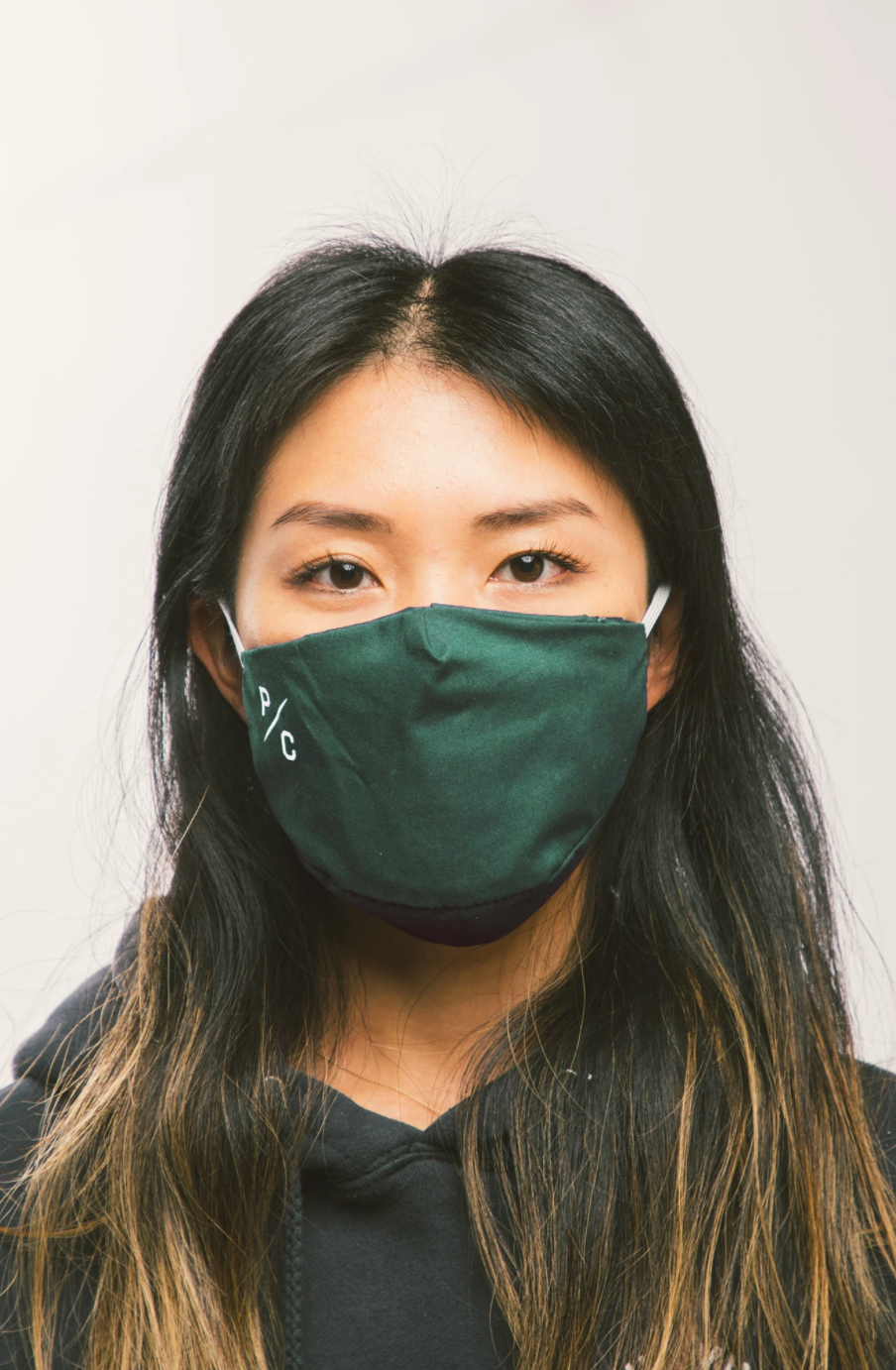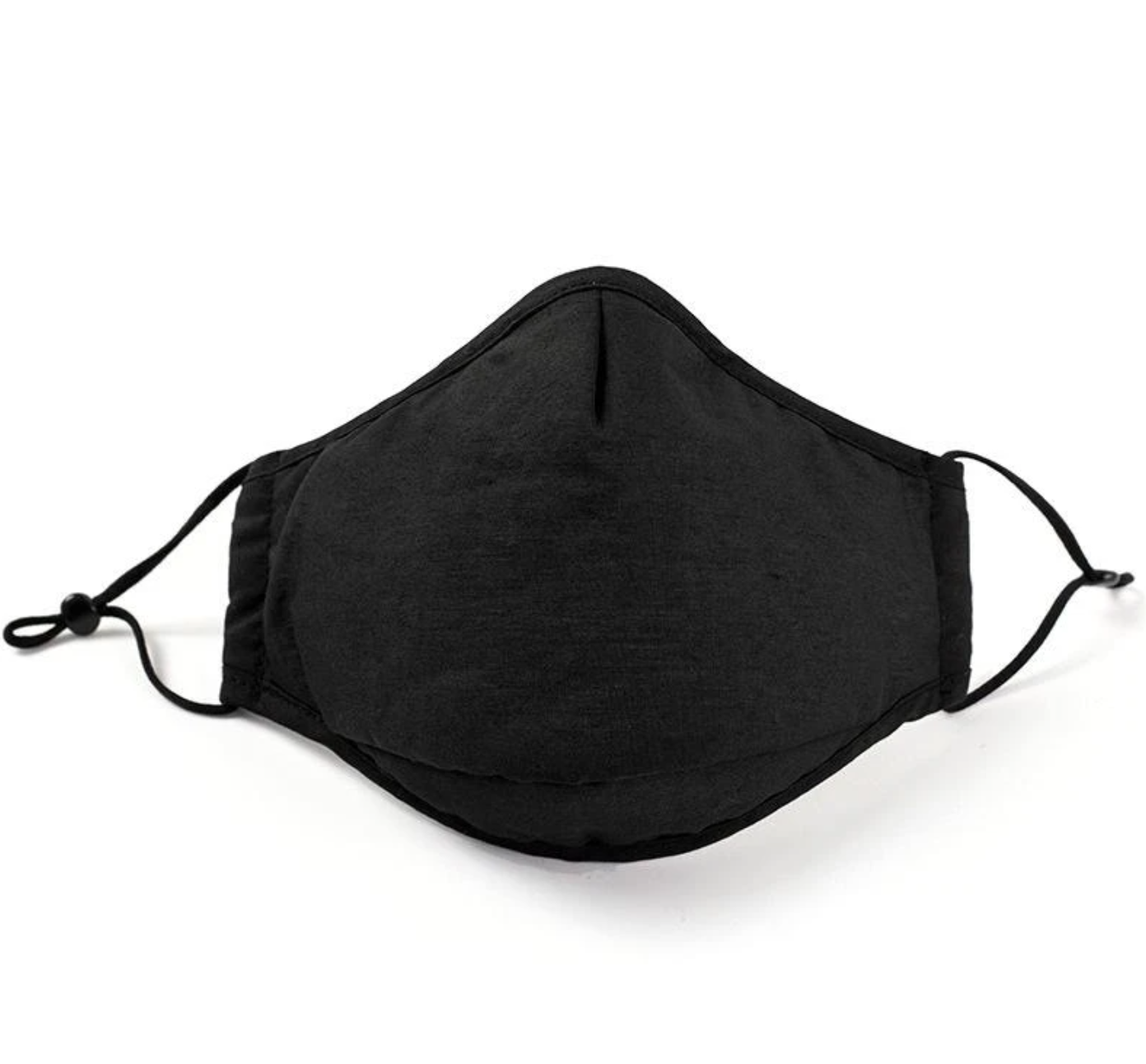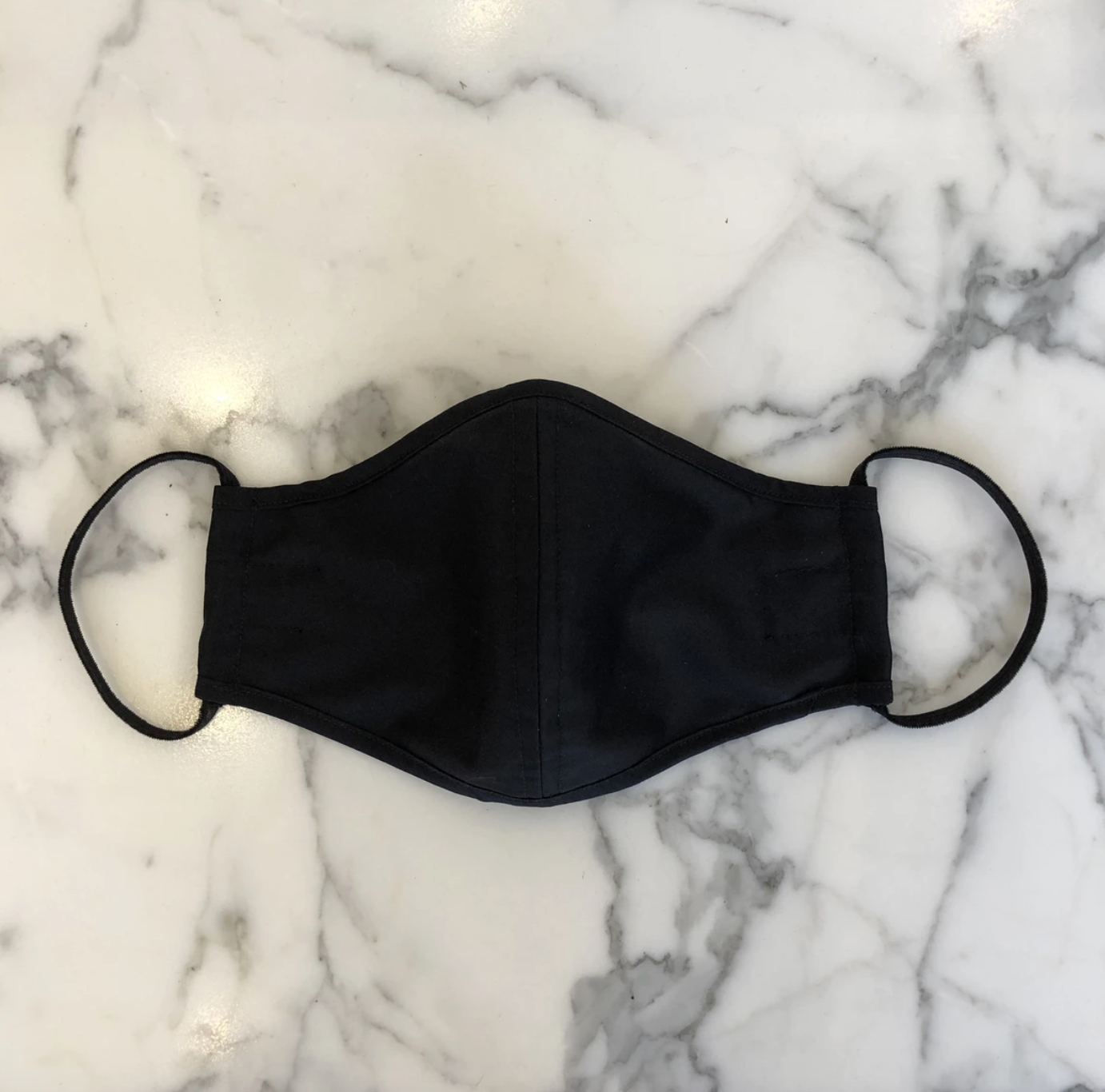Yes, You Need A 3-Layer Mask Now — Here’s Why & Where To Find Them
Photographed by Jessica Xie.
Last week, while most of us had our eyes glued to the U.S. election, Canada’s top doctor and science power ranger Theresa Tam updated the guidelines around mask-wearing. Most notably, Tam increased the recommendation from a two-layer to a three-layer covering, following the example of the World Health Organization, which has been calling for triple-decker masks since June. So, what took Canada so long? Where can one find a three-layer mask? And does this mean all of our two-layer masks have to go in the trash? Here, we break it down.
What exactly are the new three-layer face mask guidelines?
AdvertisementADVERTISEMENT
You can watch Dr. Tam’s full briefing here, but basically the updated government recommendations advise adding a third “filter layer” to your non-medical mask for an extra layer of protection against COVID-19. How much extra protection? Up to 30% more, according to Dr. Jane Wang, a researcher at the University of British Columbia, who says that the right filter can bump mask efficacy from about 60 to 90%. The additional layer should be made from material that is both tightly woven and breathable (more on that in a sec). It goes between the inner and outer pieces of fabric and is capable of trapping the even-smaller aerosol particles of the virus that have also made headlines in the last few days.
Wait — what aerosol particles? Is this thing airborne?
Also last week, the Public Health Agency of Canada updated its guidelines mentioning the risk of aerosol transmission for the first time. So yes, technically this means COVID-19 is now considered “airborne,” but no, that is not as close to an end-of-days disaster movie as it sounds. Aerosol droplets are the microscopic particles that escape your mouth along with more visible spit that comes when you’re speaking moistly (speaking moistlllyyyyyy). The key difference is that while spit is subject to gravity, aerosol droplets can linger in the air. Note that their XXXXS size makes them way less of a potential transmitter than a larger loogie. Outside, aerosol droplets are very quickly diluted, but if you’re in a poorly ventilated indoor space, there is a possibility that these invisible specks could cumulate into something more dangerous.
AdvertisementADVERTISEMENT
Is that why the triple-mask change is happening now?
Definitely that’s part of it. But the main reason for the new government recommendations is even more obvious: “Cases are on the rise, so we need to do a better job of protecting ourselves and others,” says Dr. Wang. Add to that the fact that, sigh, winter is coming, which means more time indoors where aerosol spread may be an issue.
So, we should be wearing masks inside?
Depending on where you live in the country, indoor gatherings with anyone outside your home may or may not be advisable right now, but if you are going to spend time with people who don’t live with you then yes — mask up. Three layers is ideal, but ultimately not as crucial as making sure that the mask you are wearing fits properly. “It doesn’t matter how many layers if your mask is falling past your nose or moving all over your face,” says Dr. Wang.
Will the extra layer make it harder to breath?
It shouldn’t. New research says that mask-wearing does not hinder breathing for otherwise healthy individuals, even during the most vigorous activity. If it does, then you’re probably not using the right material. PHAC is currently recommending non-woven polypropylene fabric such as craft fabric, a piece of those reusable shopping bags, or folded paper towel, all of which should be placed in between two layers of tightly woven linen or cotton fabric. Dr. Wang, who tested the breathability and filtration capabilities of 41 different materials earlier this year, has another suggestion: dried baby wipes, which can be replaced daily. “They’re as effective as Health Canada’s suggestions and significantly more breathable,” she says.
AdvertisementADVERTISEMENT
Got it. Does this mean I have to ditch the masks I already have?
Not if you’re up for doing a little DIY. “We’re not necessarily saying throw out everything that you have,” Dr. Tam said last week. The PHAC laid out sewing and non-sewing methods for upgrading your existing two-layer pieces. And you can also make a three-layer mask from a bandana, two elastics and a piece of paper towel.
Where Can I Buy A Three-Layer Mask?
Not feeling crafty? Edmonton-based The People’s Mask and Toronto’s Sydney’s both sell three-layer options, while designs by Amanda Lee Kew and Mayana Geneviere have a pocket to pop a filter in. Who said safety couldn’t be stylish?
At Refinery29, we’re here to help you navigate this overwhelming world of stuff. All of our market picks are independently selected and curated by the editorial team. If you buy something we link to on our site, Refinery29 may earn commission.
AdvertisementADVERTISEMENT









